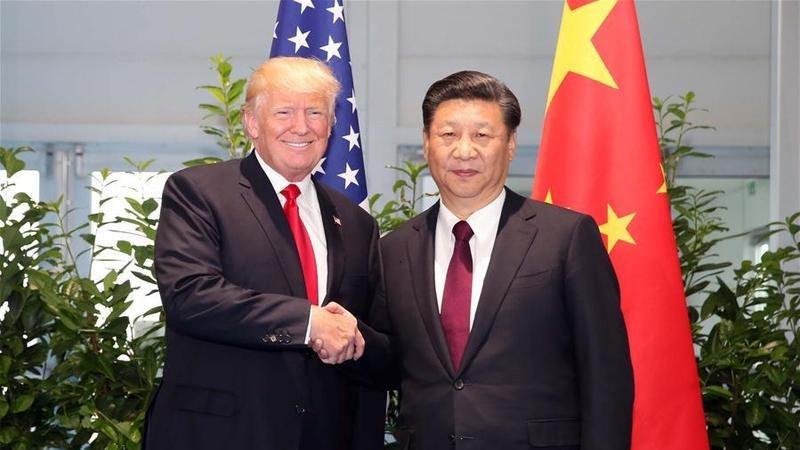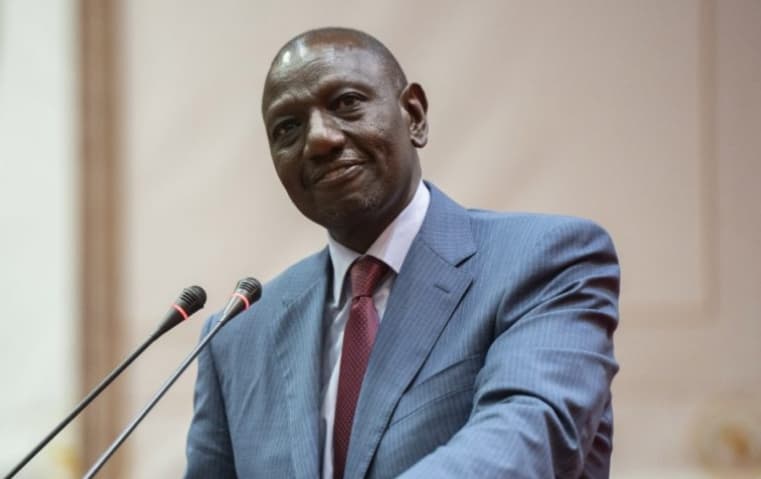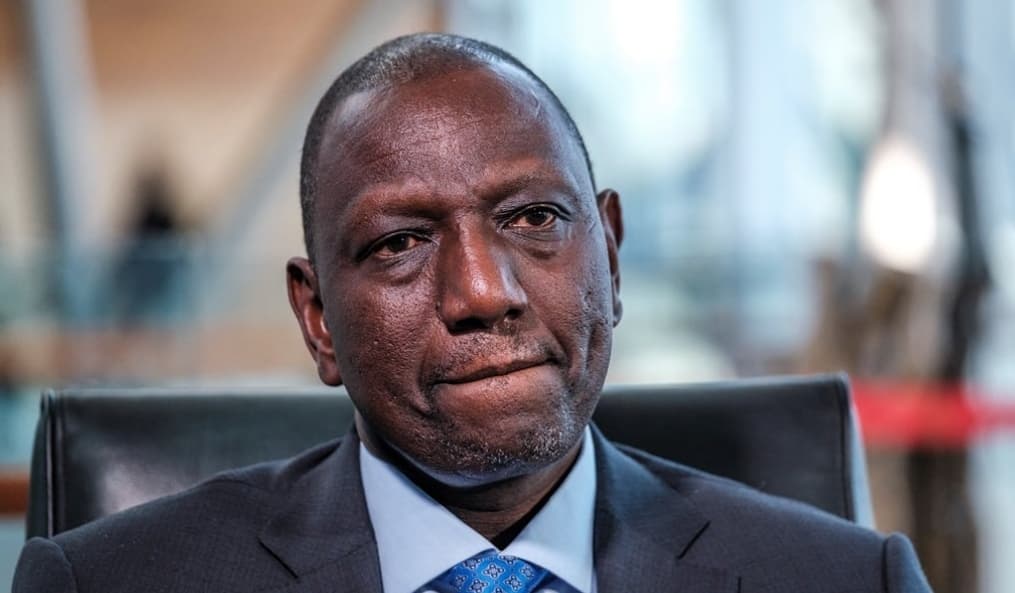Washington : United States President Donald Trump said on Sunday that the U.S. was meeting with many countries to discuss trade deals. He also acknowledged that his main priority with China is to secure a fair trade deal.
China has been Trump’s main target in his tariff strategy, causing Beijing to respond with retaliatory tariffs, reaching up to 145% on U.S. goods. China believes that relations may improve, while Trump told reporters, he is open to lowering U.S. tariffs at some point.
Trump stated U.S. officials were currently speaking with Chinese officials about a variety of different things.
When the President was asked if any trade agreements would be announced this week, he said that could “very well be” but gave no details.
U.S. officials have engaged in several meetings with trading partners since Trump on April 2 imposed a 10% tariff on most countries.
He also imposed higher tariff rates for many trading partners that were then suspended for 90 days. The President also issued 25% tariffs on autos, steel, and aluminum, 25% tariffs on Canada and Mexico, and 145% tariffs on China.
Trump suggested he did not expect to reach an agreement with some countries but could instead be “setting a certain tariff” for those trading partners in the next two or three weeks. He did not clarify if he was referring to the reciprocal tariffs announced on April 2, due to kick in on July 8 after a 90-day pause.
The President persisted that China had been “ripping” the U.S. for many years on global trade. He added that former President Richard Nixon’s move to reach out and establish relations with China was “the worst thing” he ever did.
Trump expressed his optimism about China and the prospects for reaching an agreement. He said that he had been “very tough with China,” which cut off trade between the world’s top two economies.
Trump raised hopes for countries looking to avoid higher tariffs after he said his administration might reach trade deals with some countries as early as this week. The President said his administration was negotiating with many countries, but at the end of it all, it’s up to him to set the deal and not the other countries.
Trump acknowledged last week the U.S. was eyeing “potential” trade deals with India, South Korea, and Japan. The President’s trade war caused global markets to fluctuate, raising concerns about economic turmoil and putting pressure on the U.S. dollar. Data from the Bureau of Economic Analysis showed last week that U.S. gross domestic product dropped for the first time in three years.
The U.S. imposed some of the highest reciprocal tariffs on Asian economies, but they have been leading trade talks with Trump’s administration ahead of Western countries. Japan’s chief trade negotiator, Ryosei Akazawa, said he hopes the country reaches a trade deal with the U.S. by June, following the latest round of talks in Washington last week.
Meanwhile, China signaled on Friday that it may reopen the door to trade talks with Washington, saying it is still reviewing whether to join negotiations after last month’s sharp tariff increase ordered by President Donald Trump.
In a written statement, the Commerce Ministry in Beijing said it had “taken note” that senior US officials have repeated their wish to speak with China about the tariffs. “The United States has recently sent messages to China through relevant parties, hoping to start talks with China,” the ministry said. “China is currently evaluating this.” The statement urged officials in the US capital to match their words with “sincerity.”
The note gave financial markets fresh hope that the trade standoff between the world’s two largest economies might ease. Futures on the S&P 500 Index wiped out earlier losses during Asian hours, and a widely watched yardstick of regional shares moved into positive territory. Hong Kong’s Hang Seng China Enterprises Index climbed more than 1 percent, while mainland exchanges stayed shut for a holiday. In currency trading, the offshore yuan rose 0.3 percent to 7.2566 per dollar, and the Australian dollar extended its rebound.
Talks would mark a shift in a dispute that has rattled businesses on both sides of the Pacific. Last month, Trump pushed import taxes on a broad range of Chinese goods to levels unseen in 100 years, and Beijing retaliated by raising its own tariffs. The U.S. president has said several times that Chinese leader Xi Jinping needs to contact him first if Beijing truly wants to bargain. Earlier last week, Treasury Secretary Scott Bessent told reporters that China must take the initial step to break the stalemate.
Meanwhile, Even while hinting at openness, the Chinese Commerce Ministry framed its view as unchanged. As a condition for any talks, the ministry said Washington must first “correct its wrong practices” by lifting the unilateral tariffs. “If we fight, we will fight to the end; if we talk, the door is open,” the statement said.
It said, “What China wants to emphasize is that in any possible dialogue or talks, if the United States does not correct its wrong unilateral tariff measures, it means that the United States has no sincerity at all and will further damage the mutual trust between the two sides.”







